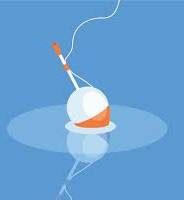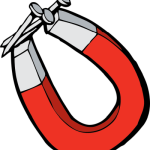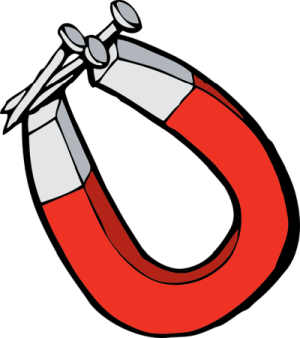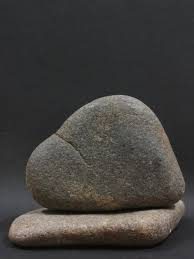 There have been some experiments with floating here. I’ll give you one more. Then I have something else up my sleave.
There have been some experiments with floating here. I’ll give you one more. Then I have something else up my sleave.
Does everything flow in all kinds of fluids, or is it that some things can flow in water, but not in other liquids?
To try it, you can do the following experiment:
Measure out so it is equal amounts of water, oil and syrup, and pour them into the large jar, one liquid at a time. For the sake of effect, it may have a point to start with water, then oil and lastly the syrup. The liquids will layer.
Now it is time to choose an object and make a hypothesis: ”Will the chosen object float in the oil, in the water or in the syrup?”
MATERIAL
A large glass jar
Cooking oil
Water
Syrup
Various items: grapes, screws, rubber bands, erasers, piece of candle, plastic and metal clips, large sequins, cork, coins, thumbtacks, pearl, nails, magnets …


 An experiment that contains both science and practical mathematics. Alex counted for 137 nails that stuck to the magnet and could certainly have counted longer if the nails in the box had not run out. Can all magnets hold the same number of things, or does it differ, and if so, why? Something to look into!
An experiment that contains both science and practical mathematics. Alex counted for 137 nails that stuck to the magnet and could certainly have counted longer if the nails in the box had not run out. Can all magnets hold the same number of things, or does it differ, and if so, why? Something to look into!
 nade till 137 spikar som satt fast på magneten och hade säkert kunnat räkna längre om inte spikarna i lådan hade tagit slut. Kan alla magneter hålla lika många saker, eller skiljer det sig, och i så fall varför? Något att undersöka!
nade till 137 spikar som satt fast på magneten och hade säkert kunnat räkna längre om inte spikarna i lådan hade tagit slut. Kan alla magneter hålla lika många saker, eller skiljer det sig, och i så fall varför? Något att undersöka!